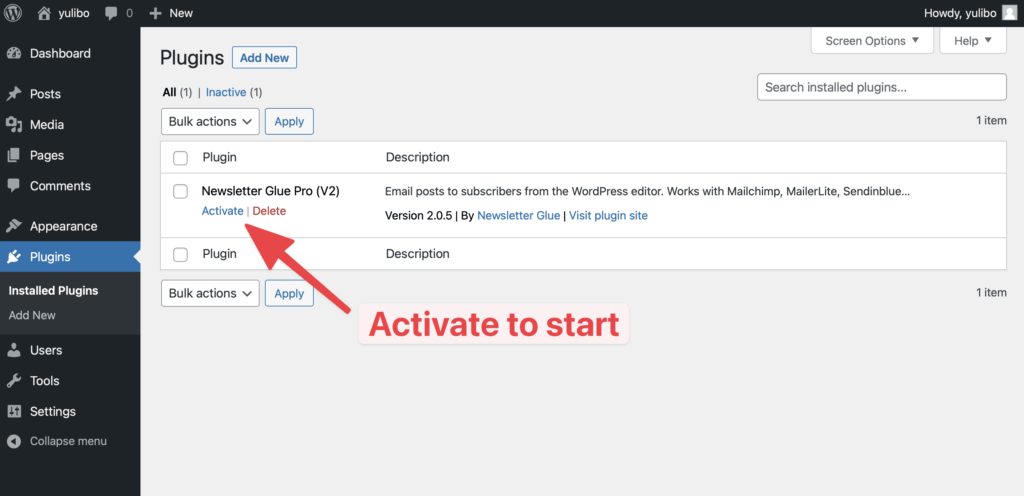Creating viral thought leadership content can help you generate widespread recognition and establish your brand as an authority in your industry.
While there’s no guarantees for making viral thought leadership content, there are some expert strategies you can use to increase the chances of viral content.
We caught up with Cedric Chin of Commoncog, who uncovers his secrets on what thought leadership is, the type of thought leadership content that has the potential to go viral, and how to write viral thought leadership content. You can listen to his conversation on the Sticky.fm podcast.
What is the definition of going viral?
The term “going viral” is used to describe the rapid and broad distribution of content across the internet. When a piece of content goes viral, it means that it has gained substantial attention and engagement from a large number of people in a fairly short period of time.
Cedric explains, “Newsletters that are very widely read with high open rates do push this viral effect. The way that I know that my thought leadership content is going viral, not only is it a visitor spike, but I start seeing mentions in social media. For example, people sharing on Twitter and traffic coming in from Facebook”.

Four types of thought leadership and why it matters
If you’d like to try your hand at creating thought leadership content, there are four distinct types to get started with:
- Sharing an earned secret
- Sharing personal experiences
- Challenging truisms
- Analysing events
1. Sharing an earned secret
Sharing an earned secret demonstrates transparency and builds trust with your audience.
It shows that you are willing to share insights and knowledge that others might hold back. It could be a viewpoint or a set of experiences you’ve gone through. It’s an earned secret because it’s given you a unique angle you hold on the world. People will pay attention to you because of who you are and the past history you’ve had.
By sharing secrets, you offer a unique perspective, foster credibility, and position yourself as a generous mentor. This approach can help others learn from your experiences and avoid common pitfalls in their own journeys.
2. Sharing personal experiences
Sharing personal experiences is a powerful way to connect with your audience on a human level. It makes you relatable and authentic. By recounting your own challenges, successes, and failures, you inspire and motivate others who may be on a similar path. Personal anecdotes help you build a deeper connection with your audience and create a sense of community.
3. Challenging truisms
Challenging truisms is all about critical thinking; about daring to question what many people accept as absolute truths. By challenging truisms, thought leaders encourage their audience to look at other perspectives and expand their own thinking.
In a world saturated with information, thought leaders that challenge truisms a refreshing and unconventional take on familiar topics.
4. Yes, And’’ framework
The “Yes, And” framework is an improvisational concept.
This framework involves one participant accepting what another participant has stated (“Yes”) and then expanding on that line of thinking (“And”). This principle fosters collaboration, creativity, and innovation within a group.
The “Yes, And” framework encourages leaders to be open-minded and receptive to new ideas and perspectives. Instead of immediately dismissing ideas that may seem unconventional or contradictory, a thought leader following the “Yes, And” approach would acknowledge the idea and then build upon it or explore its implications. The result can be deeper insights, richer discussions, and more innovative solutions.

Let’s turn to some examples of viral articles.
Viral article examples
One of Cedric’s viral articles includes ‘Strong Opinions, Weakly Held’ Doesn’t Work That Well.’
This piece aligns with challenging truisms of thought leadership. ‘Strong Opinions, Weakly Held’ is often used as an excuse to come up with your own strong opinion, but then backtrack if it turns out to be wrong. The message behind this article is encouraging people in groups to say calibrated statements like, “I’m 60% confident in this”. This way, collaboratively, you produce better thinking.
Another viral article example from CNBC is “The Dress That Broke the Internet: Exploring the Science of Perceptions“.
The article explored the viral phenomenon of a dress that appeared in different colours to different people. The article attracted 670,000 people who, at one point, were simultaneously reading it. Total views of the article hit 16 million in six hours.
What is the ripple effect?
The ripple effect is a metaphor for a single event that sparks a chain reaction that has widespread and far-reaching consequences.
In the thought leadership context, the ripple effect is people sharing content on Twitter, traffic coming in from Facebook, Facebook Messenger, and LinkedIn. Typically the ripple effect happens after the initial platform share. There’s usually a spike from one initial platform share, then the ripple effect starts as more people are exposed to it and share it on various mediums. This effect often lasts three to four days.
How to write viral articles with examples from Cedric
Cedric explains his process for writing viral articles: “I set myself a time limit of a week. This can present certain problems because certain pieces take months to put into practice and investigate. If a piece takes a bit more work, I tend to do work on it on the side – so I figure out what ideas I need to get down before I start writing. And usually, the investigation process produces the basic crumbs, which I can turn into shorter pieces that are easier to write.”
When you write your own thought leadership articles that you hope have a viral effect, it’s important to write with your readers in mind. Create content that is not only easy to read but also easy to share and engage with. Focus on providing value, seek to evoke emotions, and make it effortless for readers to connect with and share your content.
Wrapping up – how to create viral thought leadership content
Creating thought leadership content that resonates, engages, and ultimately goes viral is both an art and a science.
Cedric Chin’s insights shed light on the strategies and principles that drive the creation of such impactful content. To follow his examples, embrace authenticity and foster meaningful connections to help your content become a catalyst for change and spark conversations.
Remember, the journey to viral thought leadership content begins with a single, genuine idea and the courage to share it with the world.
Listen to: Going viral with thought leadership – a podcast featuring Cedric Chin.
Request a demo – Learn more about Newsletter Glue with a helping hand from our team.


